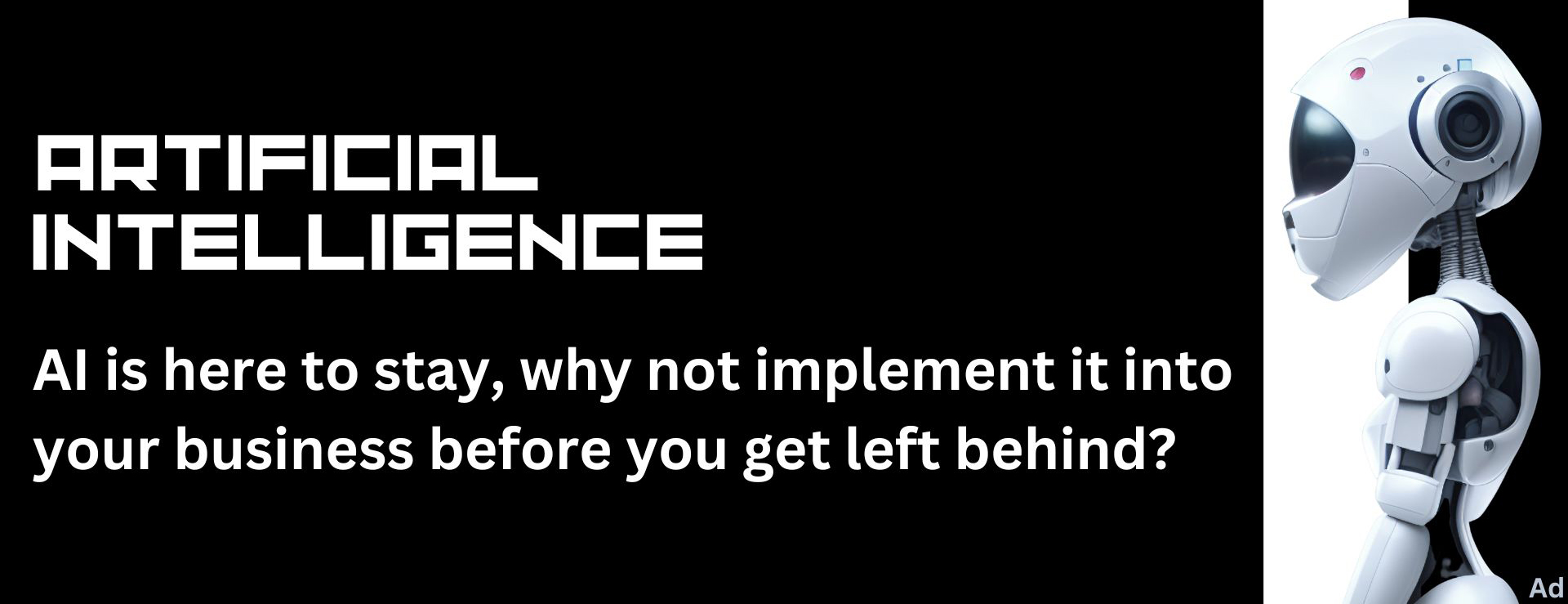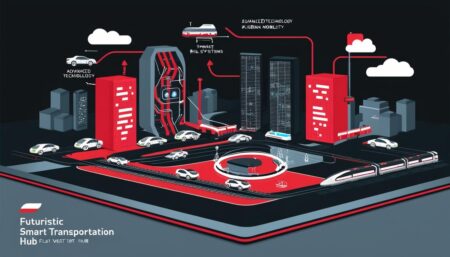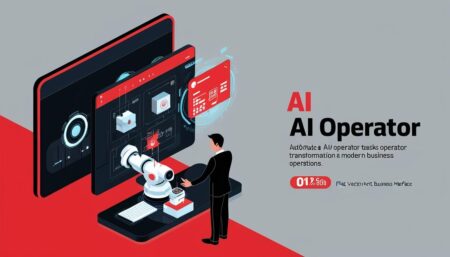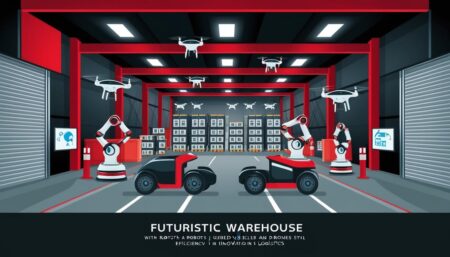In various sectors, including biotechnology and manufacturing, AI automation is transforming processes, enhancing productivity, and driving cost reductions.
In recent years, businesses across various sectors have been increasingly leveraging artificial intelligence (AI) automation to enhance their operational efficiencies. Notably, sectors such as biotechnology, manufacturing, and pharmaceuticals have begun to implement advanced automation technologies to drive significant improvements in their processes, cut costs, and optimise productivity.
A key focus area in the biotech industry is cell line development (CLD), essential for producing biotherapeutics, including monoclonal antibodies and recombinant proteins. Robust cell line development is critical, as any genetic instability or unintended modifications can lead to high failure rates later in the production process, incurring substantial costs. Automation has emerged as a viable solution to mitigate risks associated with CLD, according to insights shared by Michael Lutz, PhD, CEO of iotaSciences, in an interview with Genetic Engineering & Biotechnology News (GEN). Lutz noted that automation facilitates gene editing techniques such as CRISPR-Cas9 and transposase-based systems, enabling the handling and screening of thousands of clones efficiently.
The automation of processes extends to the initial stages of CLD, where issues such as productivity and stability often present challenges in large-scale manufacturing. Lutz emphasised the importance of high-throughput automated screening and predictive analytics in evaluating and selecting the best clones for development. The implementation of tools that automate tedious manual workflows not only enhances efficiency and consistency but also reduces waste, thereby supporting more sustainable bioprocessing practices.
Similarly, Adam Causer, PhD, global product manager for the Solentim portfolio at Advanced Instruments, highlighted how automation has transformed cell screening within the CLD process. By integrating advanced imaging technologies and AI, the Solentim® Ecosystem allows for the high-resolution analysis of cellular images, facilitating the selection of high-quality clones while minimising human error. “Automation has fundamentally transformed cell screening in CLD by incorporating sophisticated imaging technologies and artificial intelligence,” Causer explained to GEN, underlining the success of automated systems in bridging various operational gaps in the workflow.
The practical applications of automation within manufacturing extend beyond biotechnology. An article from TechBullion presents several methods for optimising production cycles, emphasising the importance of incorporating lean manufacturing principles, adopting effective production management software, streamlining communication, and scheduling regular maintenance. Automation and robotics are identified as critical elements for enhancing operational productivity throughout the manufacturing process.
Robotic systems and automated workflows can execute repetitive tasks with precision, dramatically improving efficiency while allowing human workers to focus on more complex operations. This integration not only optimises resource allocation and reduces labour costs, but it can also contribute to the formation of a smarter, more connected production environment when combined with Internet of Things (IoT) technologies. The use of predictive maintenance tools further underscores the evolving role of automation, enabling manufacturers to detect potential issues before they lead to costly downtimes.
Importantly, companies are also recognising the need for skilled workforce training to maximise the benefits of these technological advancements. Investing in employee development ensures that teams are equipped with the latest industry skills and technologies, which can contribute significantly to improving operational efficiency.
As businesses continue to integrate automation and AI into their operations, they are finding new ways to optimise their workflows while maintaining high-quality standards. The ongoing adaptation of these technologies across various industries is expected to drive growth, support scalability, and enhance overall productivity in the long term.
Source: Noah Wire Services
- https://praxie.com/ai-applications-in-pharmaceutical-manufacturing/ – Corroborates the use of AI in pharmaceutical manufacturing to automate labor-intensive tasks, streamline processes, enhance quality control, and optimize supply chain management.
- https://www.cytena.com/resource-hub/blog/cell-line-development-comprehensive-insights-and-advances/ – Supports the role of automation and AI in cell line development, enhancing efficiency, reducing risks, and freeing scientists from repetitive tasks.
- https://www.coherentsolutions.com/insights/artificial-intelligence-in-pharmaceuticals-and-biotechnology-current-trends-and-innovations – Highlights AI-driven systems in pharmaceutical manufacturing for reducing errors, improving product consistency, and optimizing supply chain management.
- https://www.beckman.com/resources/reading-material/application-notes/automating-cell-line-development – Details the automation of cell line development using advanced workstations and integrated devices to minimize hands-on time and ensure sample and data integrity.
- https://praxie.com/ai-applications-in-pharmaceutical-manufacturing/ – Explains how AI can expedite drug discovery, reduce trial and error, and accelerate the production process in pharmaceutical manufacturing.
- https://www.coherentsolutions.com/insights/artificial-intelligence-in-pharmaceuticals-and-biotechnology-current-trends-and-innovations – Discusses the use of AI in evaluating drug-target interactions, analyzing disease mechanisms, and optimizing small molecule compounds in pharmaceutical R&D.
- https://www.cytena.com/resource-hub/blog/cell-line-development-comprehensive-insights-and-advances/ – Describes how automation and AI enable high-throughput screening and selection of top-performing clones in cell line development.
- https://www.coherentsolutions.com/insights/artificial-intelligence-in-pharmaceuticals-and-biotechnology-current-trends-and-innovations – Mentions the role of predictive maintenance in pharmaceutical production to detect potential equipment failures and reduce downtime.
- https://www.beckman.com/resources/reading-material/application-notes/automating-cell-line-development – Details the automation of cell culture and the optimization of media components for enhancing protein production in cell line development.
- https://praxie.com/ai-applications-in-pharmaceutical-manufacturing/ – Highlights the integration of AI with Industry 4.0 technologies, including robotics and IoT, to enhance manufacturing efficiency and quality.
- https://www.coherentsolutions.com/insights/artificial-intelligence-in-pharmaceuticals-and-biotechnology-current-trends-and-innovations – Explains how AI-driven analytics can monitor production in real-time, detect quality issues, and ensure strict safety standards in pharmaceutical manufacturing.
- https://news.google.com/rss/articles/CBMi0AFBVV95cUxQOHVKbEFvVmlUUzFSRm0wX0o5dUFNWU84WmVDZ0R1WFpkTVBDQlUtLUdHSi13Y291X3B0RVk4U1VOUWhHRER5NmF5U0R5ZThnZmtZcjVIb2lObTFyOVVvZmpQN1dHeTltVlRwU1FhVXlKWE1tdEFZU0FvU3lzbDJocGJRR0hld2cwbTNuM2M0ZkRYUmdWVWFsUXdaSmFRX2VQZzBPWldnbnFmSUc0aHBWZEItTjFhT0JvUk1fdkN5RVhTUFF6TzZld1BJdkVZVUxN?oc=5&hl=en-US&gl=US&ceid=US:en – Please view link – unable to able to access data















